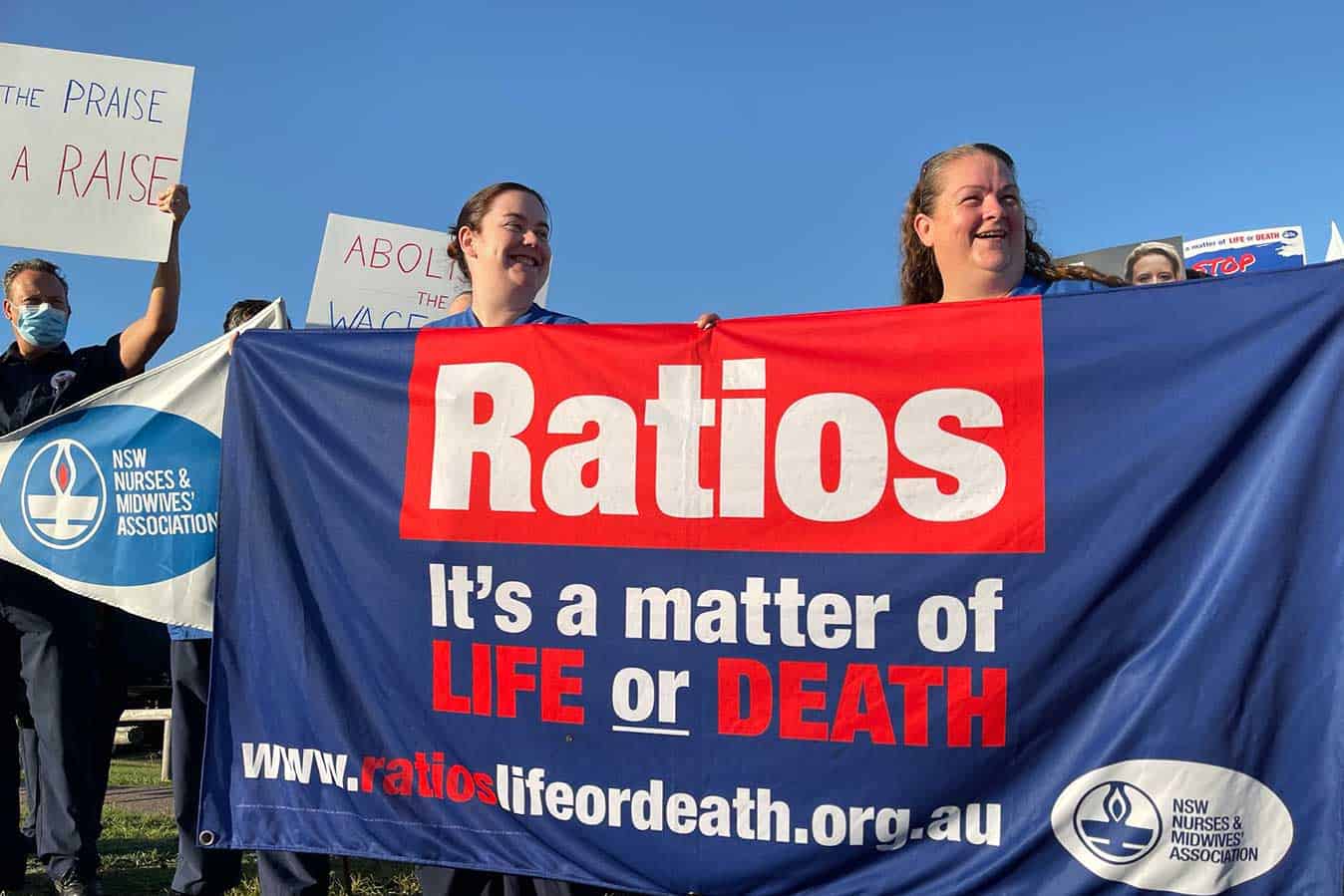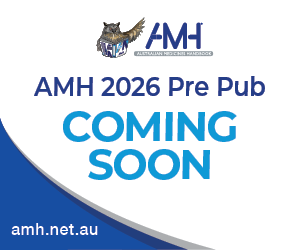The NSW Nurses and Midwives’ Association (NSWNMA) will team up with the NSW Government as it moves ahead to deliver on its election promise to implement historic nurse-to-patient ratios across the state’s public hospitals.
The union, along with NSW Health officials, will lead a new Safe Staffing Working Group charged with planning the rollout of a shift-by-shift staffing model for nurses and midwives, beginning with one nurse for every three patients in emergency departments, the government announced today.
The NSWNMA has been campaigning for legislated staff ratios, already locked in across Victoria and Queensland, for many years. Its key asks prior to the election included:
- 1:4 shift by shift ratios to replace nursing hours per patient day
- 1:3 in emergency departments
- A full review of Birthrate Plus
- 1:3 in postnatal wards
- ICUs staffed to professional standards outlined by the Australian College of Critical Care Nurses
- 3 Nurses minimum on every shift in multi-purpose services
NSWNMA General Secretary Shaye Candish said today’s announcement paved the way for significant reforms urgently needed to repair the state’s broken staffing system.
“This working group will lay the groundwork for the ratios we’ve campaigned for over many years. We’re eager to work through the staffing requirements and how this phased approach will be implemented,” she said.
“The introduction of ratios will bring a level of transparency to staffing levels for each shift so nurses and midwives can turn up to work confident there will be enough staff in the relevant wards.”
While the introduction of safe staffing levels will begin with EDs, other areas, including intensive care units and maternity wards, will soon follow.
NSW Premier Chris Minns said the government looked forward to working with nurses and midwives to fix the system.
“We don’t believe this can be done without full collaboration and cooperation from the workforce and we acknowledge that the Nurses and Midwives’ Association has deep coverage when it comes to nurses and midwives in NSW and we need them at the table,” he said.
“The most acute and difficult challenge that we face is in EDs,” he stressed.








